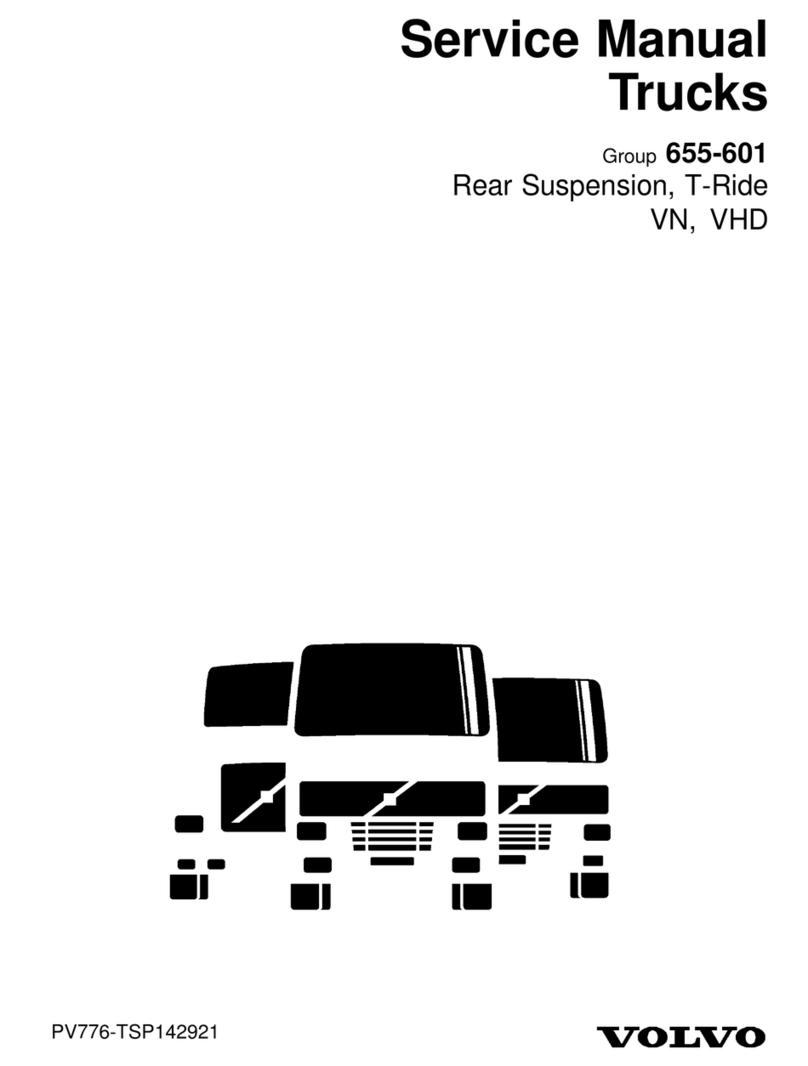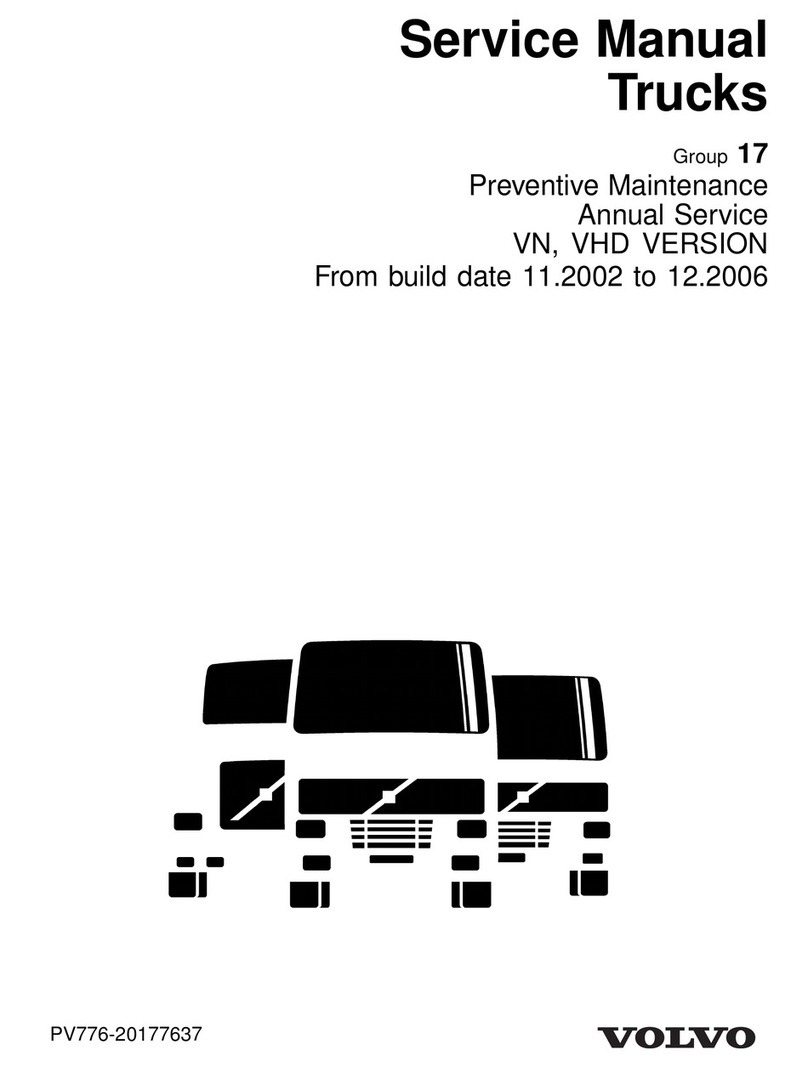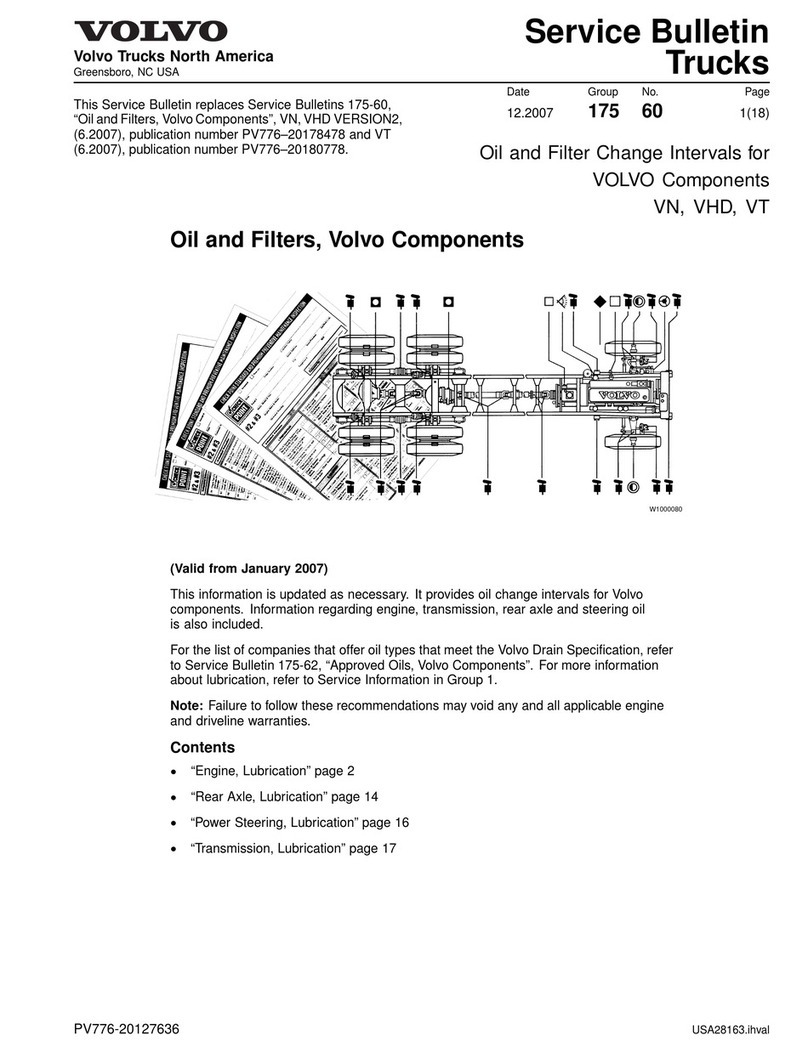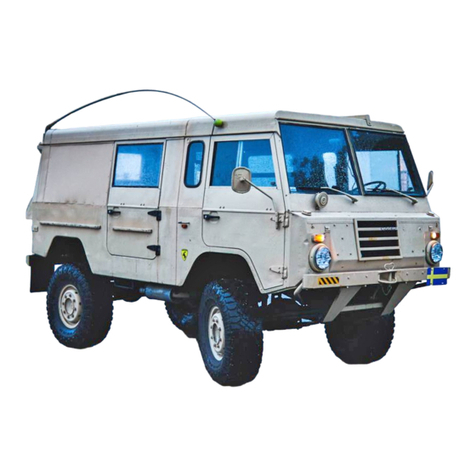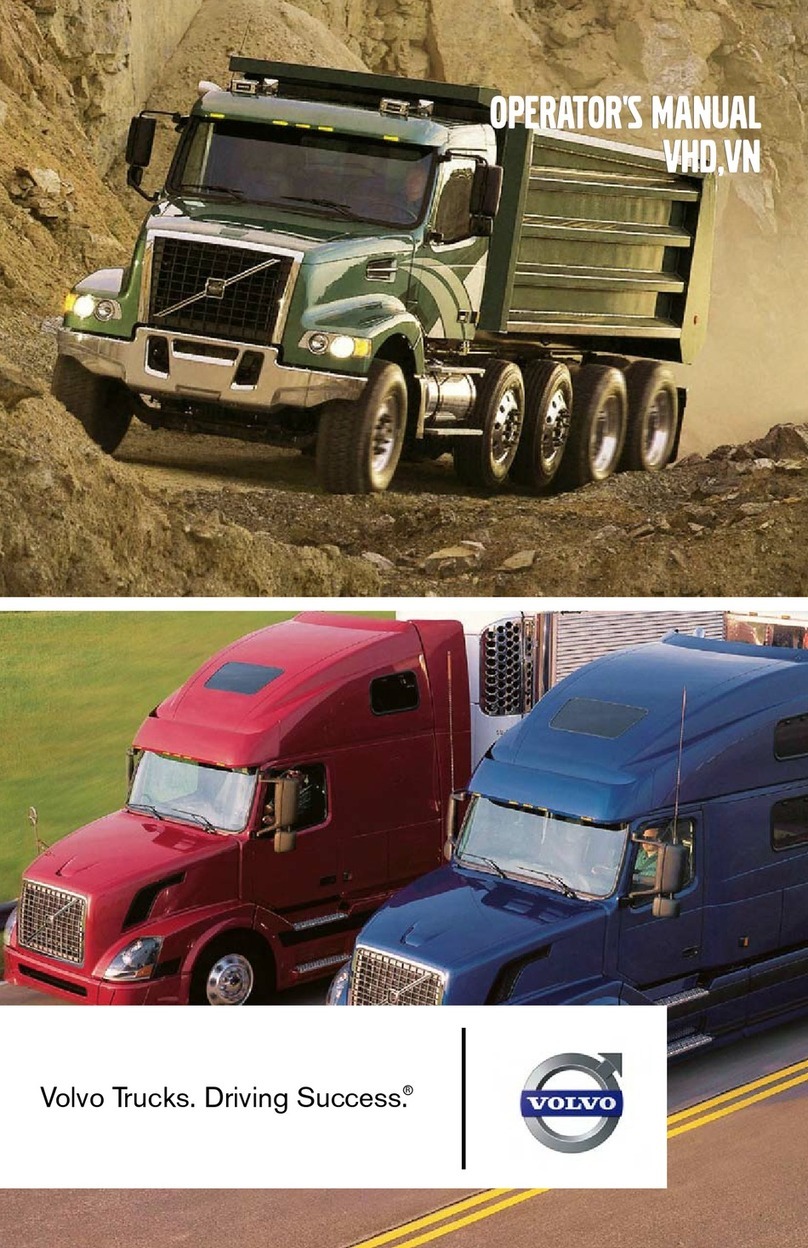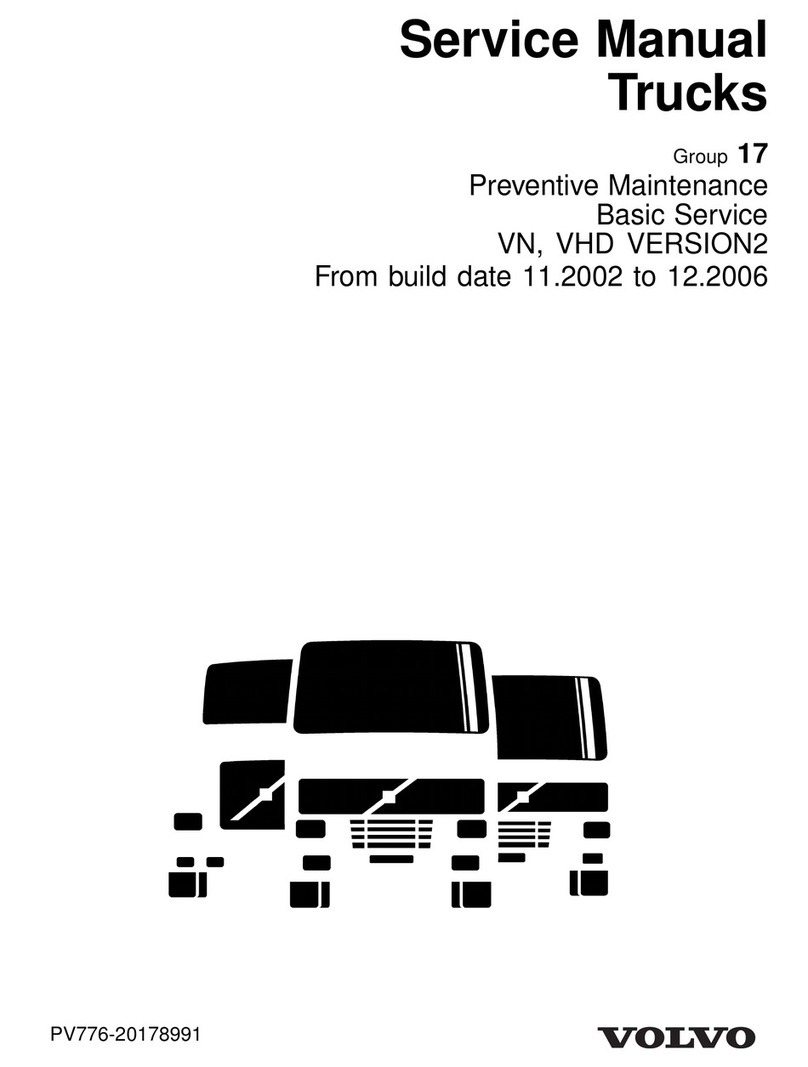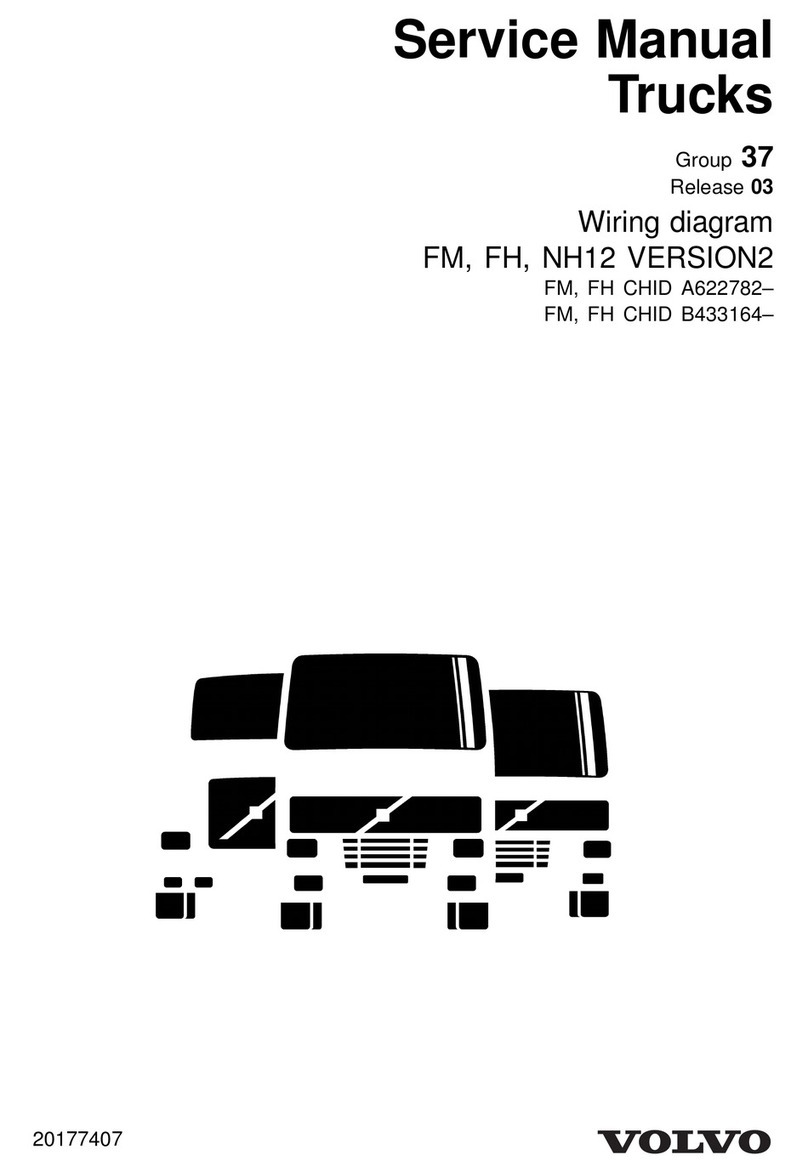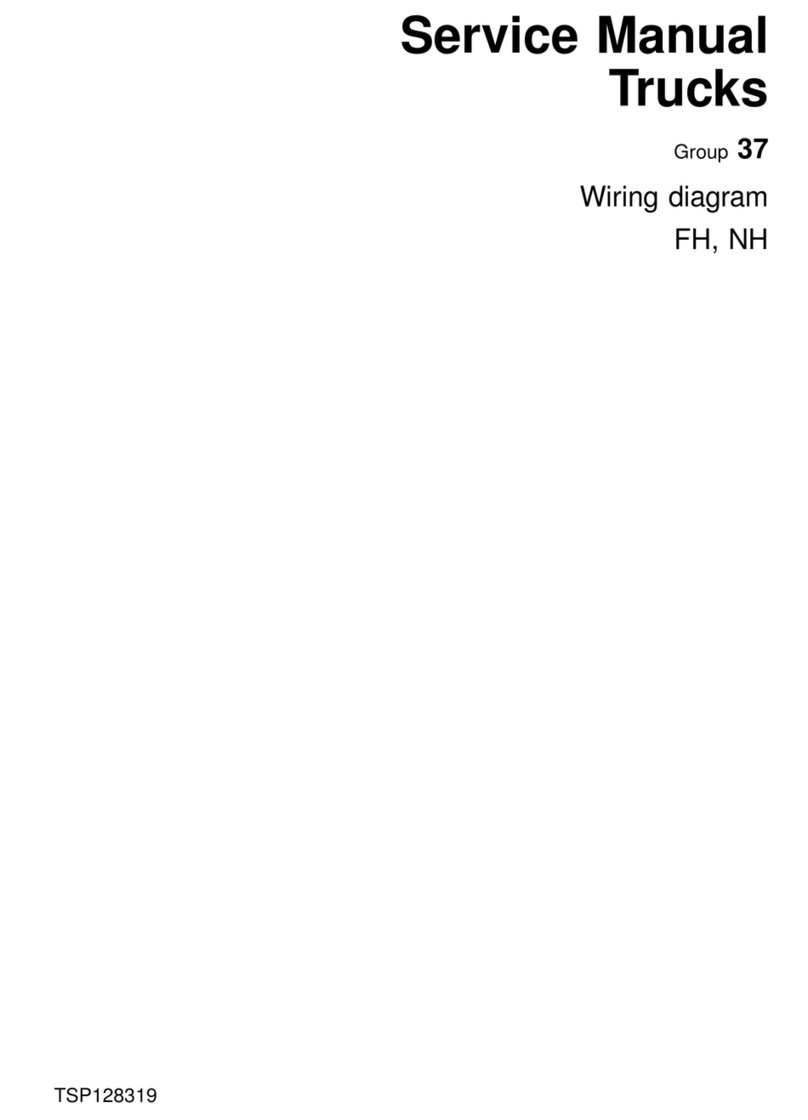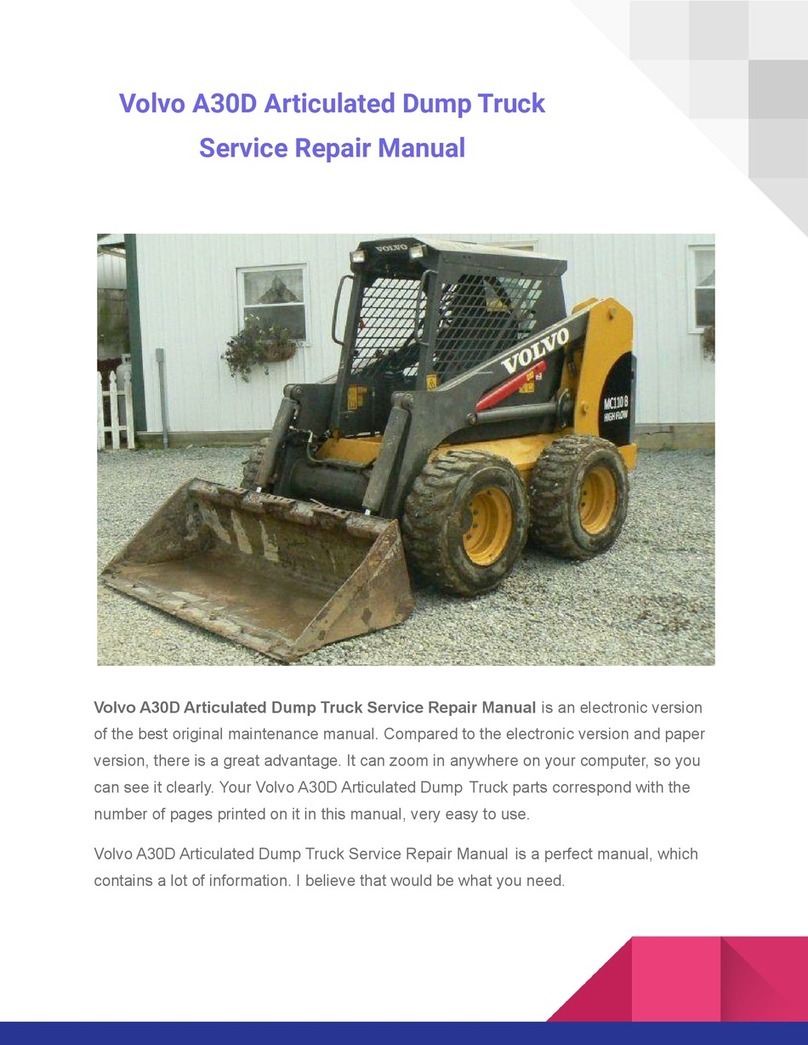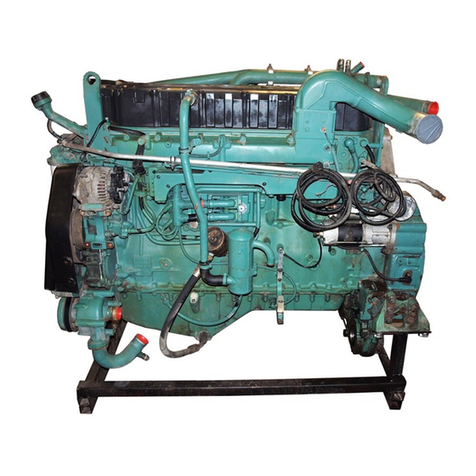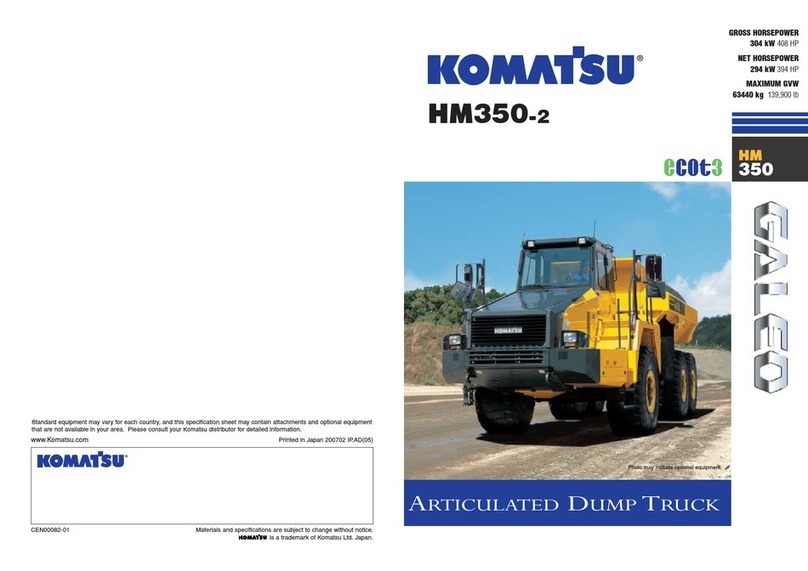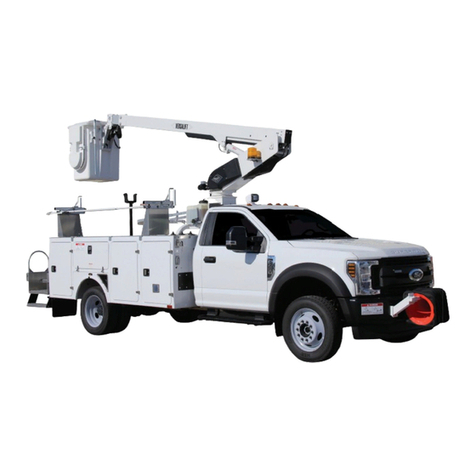
Foreword
The descriptions and service procedures contained in this manual are based on de-
signs and methods studies carried out up to April 2001.
The products are under continuous development. Vehicles and components produced
after the above date may therefore have different specifications and repair methods.
When this is believed to have a significant bearing on this manual, supplementary ser-
vice bulletins will be issued to cover the changes.
The new edition of this manual will update the changes.
In service procedures where the title incorporates an operation number, this is a refer-
ence to an S.R.T. (Standard Repair Time).
Service procedures which do not include an operation number in the title are for gen-
eral information and no reference is made to an S.R.T.
The following levels of observations, cautions and warnings are used in this Service
Documentation:
Note: Indicates a procedure, practice, or condition that must be followed in order to
have the vehicle or component function in the manner intended.
Caution: Indicates an unsafe practice where damage to the product could occur.
Warning: Indicates an unsafe practice where personal injury or severe damage to the
product could occur.
Danger: Indicates an unsafe practice where serious personal injury or death could oc-
cur.
Volvo Trucks North America, Inc.
Greensboro, NC USA
Order number: PV776-TSP147914
Repl: This manual replaces Service Manual 171–500 “Pre-Delivery Inspection”, publication no. PV776–TSP142924 and
Supplement 171–500–01, “Axle Shaft Gaskets, Pre-Delivery,”publication no. PV776-TSP144734, of 8/2000.
© 2001 Volvo Trucks North America, Inc., Greensboro, NC USA
All rights reserved. No part of this publication may be reproduced, stored in
retrieval system, or transmitted in any forms by any means, electronic, me-
chanical, photocopying, recording or otherwise, without the prior written
permission of Volvo Trucks North America, Inc..


